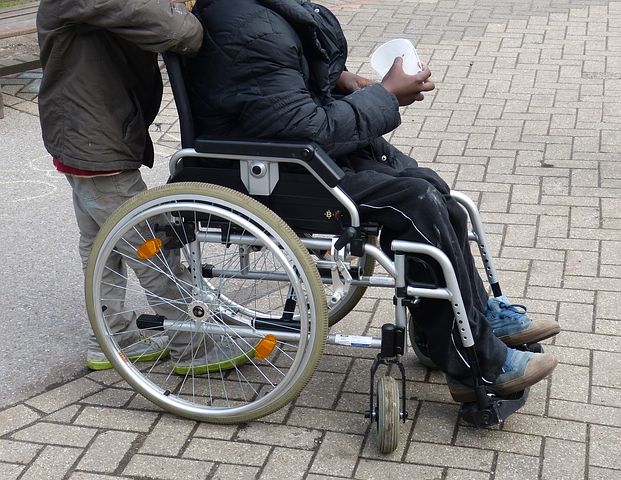The National Disability Insurance Scheme (NDIS) is a public program initiated by the Australian Government, seeking to improve the living conditions of the disabled community and alleviate logistical hassles that are experienced by participants.
One of these core services is illustrated through occupational therapy NDIS, a means of instigating sound practices for everyday purposes.
This will relate to being available and prepared for work, being able to travel, fitting in with the local community, being confident in social settings and enjoying the capacity to undertake basic tasks like washing, dressing and cooking.
Essentially this is designed to empower the individual, removing barriers for people who would otherwise struggle to function on a daily basis without that support network.
So how should these members of society view the program and what steps can they take to engage with the services?
Fortunately there are steps to take that will make the process easier for all parties.
Understanding Eligibility Criteria
The first step that any individual should take when thinking about occupational therapy NDIS services is to know one way or the other if they fit the basic criteria profile. The central number that must be taken into consideration in this setting is 65. For those that are under the age of 65, they are eligible for the scheme in earnest. However, for those that are close to 65 or approaching that age when applying, the conditions will change to another program once they past that key threshold.
Checking Location Availability

Since the occupational therapy NDIS program rolled out as of July 2013, there has been the intention of making this a nationwide program that will be inclusive and uniform across the board. However, it is important for potential recipients and their carers to know that availability can be conditionally based upon the location and geography of the region. Western Australia would be the only state in the country that did not instigate the policy by July 2016 but every citizen will enjoy access come 2020. It is worthwhile for potential recipients to speak with their nearest outlet and open a discussion about available services in the local area.
Tapping Into Assessments
For a recipient to be officially registered and signed up through the occupational therapy NDIS initiative, representatives must run a particular type of assessment to ensure that there is suitability and compatibility for the individual. This will feature an Initial Needs Assessment, Assessment of Personal Support Needs, Plan Recommendation Assessments, Workstation Assessments and Driving Assessments. Each element will allow the department to formulate what the needs are, where there is already complete competency and function and what areas could be improved upon with further focus and attention.
Opting For Services
Occupational therapy NDIS is home to a wide variety of services and it will be up to the assessor, individual and carer about which items will be suitable, what could be modified and which will be deemed unnecessary. Featured as part of this discussion will include transport assistance, accommodation needs and modifications, employment and training services, developmental goals for children, respite care, mobility training and even vehicle modification.
Having a Reliable Point of Contact
It can be somewhat complicating and overbearing for individuals, couples or families to engage with occupational therapy NDIS services and happily integrate that program into their everyday lives. To make this process simple, direct and straightforward for all parties it is paramount that a reliable point of contact is obtained. This can help to alleviate logistical concerns, documentation issues and practical scheduling and appointments. The initiative will take a time of adjustment, but offering clarity to this arrangement will make the world of difference.






About The Author: Tina Richardson
More posts by Tina Richardson